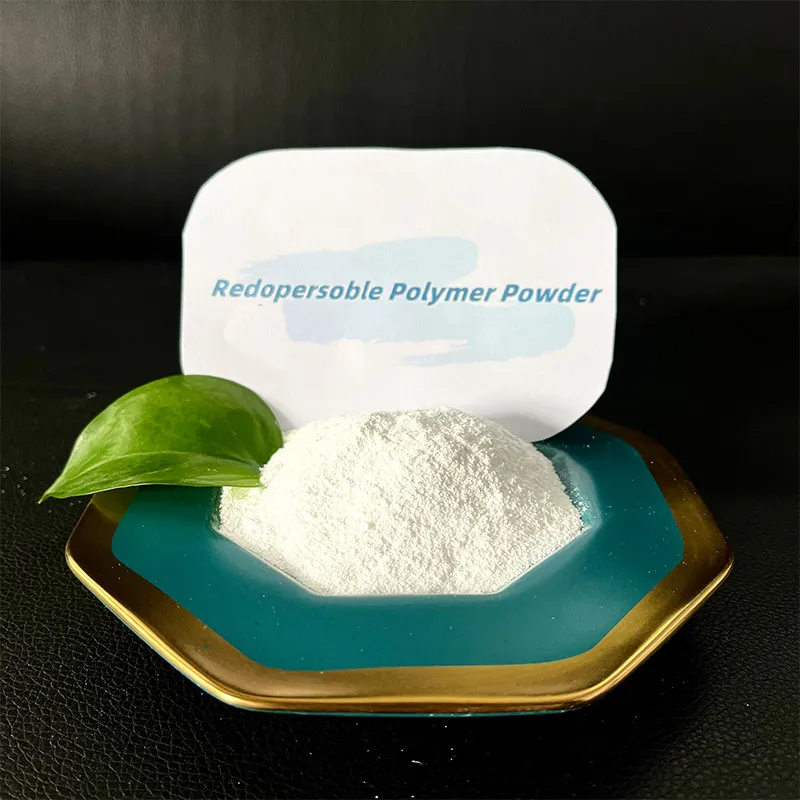
-

Add: HeBei ShengShi HongBang Cellulose Technology CO.,LTD.
-

Email
13180486930@163.com -

CONTACT US
+86 13180486930

what is hpmc made from
What is HPMC Made From?
Hydroxypropyl Methylcellulose (HPMC) is a versatile and widely used polymer derived from cellulose, a natural polymer found in the cell walls of plants. As the demand for HPMC continues to rise across various industries, understanding its origins and properties is critical for its application in pharmaceuticals, food production, construction, and cosmetics.
HPMC is synthesized through a multi-step chemical process that involves the modification of cellulose. The primary source of cellulose for HPMC production is wood pulp or cotton linter, both of which are abundant, renewable resources. The extraction process begins with purifying cellulose fibers from raw plant materials. These fibers are then subjected to a series of chemical treatments that modify their structure, introducing hydroxypropyl and methyl groups.
What is HPMC Made From?
The degree of substitution of the methyl and hydroxypropyl groups can be controlled during this process, allowing manufacturers to produce a range of HPMC products with varying properties. The extent of modification affects characteristics such as solubility, viscosity, and gel-forming capabilities, tailoring the polymer to specific applications.
what is hpmc made from

HPMC is favored in many fields due to its non-toxic and biodegradable nature. In the pharmaceutical industry, it is often used as a binder in tablets, a coating agent, and a controlled-release agent because it can form gels and control drug release profiles. In the food industry, it acts as a thickener, emulsifier, and stabilizer, enhancing the texture and mouthfeel of various food products. Its unique properties also make it an excellent ingredient in cosmetics and personal care products, where it acts as a thickening agent and enhances the spreadability of creams and lotions.
In construction, HPMC is a crucial ingredient in dry-mixed mortars and adhesive formulations. It improves the workability of cement mixtures and enhances their adhesion properties, making them more effective in building applications.
Moreover, HPMC is valued for its ability to form films, which create barriers against moisture. This quality is particularly beneficial in food packaging, where it helps in extending shelf life by protecting products from environmental factors.
Overall, the production of HPMC from cellulose not only showcases the innovative use of natural resources but also reflects the chemical industry's commitment to sustainability. As industries increasingly seek eco-friendly alternatives to synthetic polymers, HPMC stands out as a biodegradable and versatile option. Its diverse applications continue to expand, driven by continuous research and development.
In conclusion, HPMC is a significant polymer made from natural cellulose, modified through a careful chemical process to enhance its functional properties. From pharmaceuticals to construction, its applications are vast and essential. Understanding what HPMC is made from helps us appreciate its importance and the potential for further innovation in the use of sustainable materials. As industries evolve, HPMC will likely play a crucial role in advancing eco-friendly solutions across various sectors.
-
Ethyl Cellulose Powder as a Pharmaceutical BinderNewsJul.10,2025
-
Blending Fibre Natural and Synthetic for PerformanceNewsJul.10,2025
-
Starch Ether For Construction: The Advanced Mortar Additive RevolutionNewsJul.10,2025
-
MHEC Cellulose in Cement-Based Renders and PlastersNewsJul.10,2025
-
Micronized Rubber Powder Dispersion TechniquesNewsJul.10,2025
-
Impact of Cream of Tartar Plaster Retarder on Final StrengthNewsJul.10,2025
-
Rubber Powder Durability in ConstructionNewsJun.26,2025











